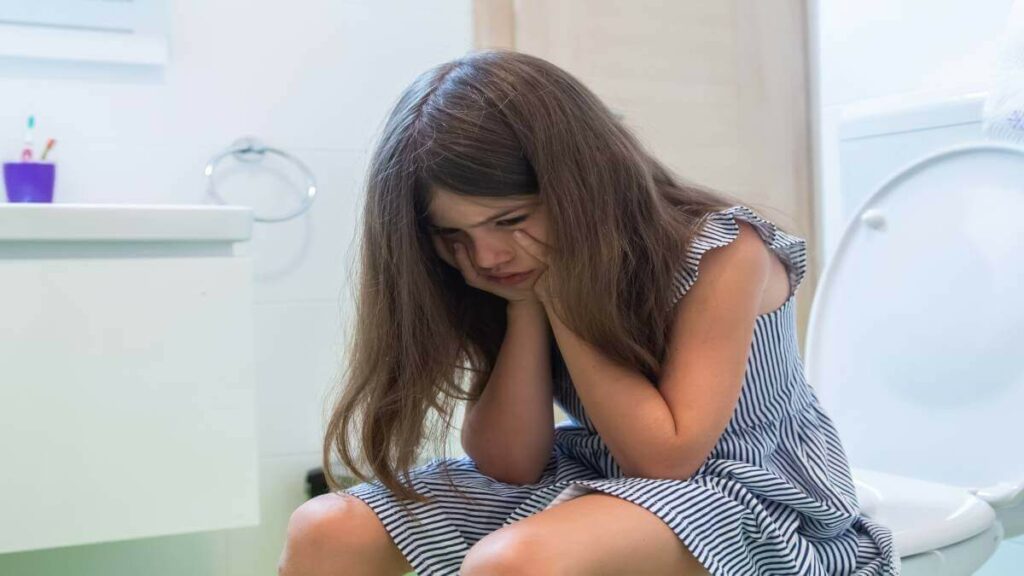
Labial fusion is a condition where the two flaps of skin on either side of the opening to the vagina, also known as the labia minora are joined or fused together forming a shiny membrane of inflammatory tissue. This condition is also referred to as labial adhesion or agglutination. Labial adhesions range in severity from near-complete fusion to milder cases with 30-50 percent of the length of the labia minora being fused.
Prevalence:
This common condition affects up to two percent of girls aged three months to six years. It is most common in between the age of one to two years.
Causes:
It is thought to be caused by irritation to the delicate membranes of the external genitals. In most cases, labial adhesions resolve by themselves during the onset of puberty without the need for medical treatment.
The exact cause is unknown, but it is strongly suspected that labial adhesions are caused by irritation to the external genitals, as it is common in the nappy years. The range of possible irritants include:
•Faeces
• Urine
• Strongly perfumed soaps
• Bubble baths
• Inflammatory conditions such as vulvitis
• Atopic dermatitis
• Pinworms
• Labial injuries
• Sexual abuse.
The problem is rarely seen in girls after they reach puberty because this is when the body starts to produce the hormone estrogen, which may cause the adhesion to separate naturally.
Poor genital hygiene plays the most important role in chronic inflammation.
Symptoms:
Usually, labial fusion does not have any symptoms, and may not be detected during a regular physical examination. However, if the condition is severe, the following symptoms may be seen:
• Urinary dribbling among older girls due to urine being trapped behind the fusion, which later dribbles out.
• Increased chance of urinary tract infections
• Irritation and redness in the vulva
Treatment:
A labial fusion or adhesion usually separates naturally without treatment when puberty is reached. For girls with no symptoms, no treatment is needed. For symptomatic patients, an estrogen or steroid cream may be applied on the line of fusion daily for a period of 2-8 weeks after consultation with the pediatrician. The adhesions usually resolve in 6-8 weeks, following which an emollient may be applied to keep the labia separate. However, recurrence may occur if good hygiene measures are not followed.
Mechanical or surgical separation of the labial adhesions is rarely indicated.
Conclusion
Parents should not be unduly concerned if their child has this condition, especially if the child has no symptoms as the fusion separates by itself during puberty. It does not affect the child’s menstruation, fertility, or sexual life in the future.
Special thanks to Dr. Jagruti Sanghvi Paediatrician (MD, DCH, DNB, MNAMS, FIAMS) for the expert advice.





